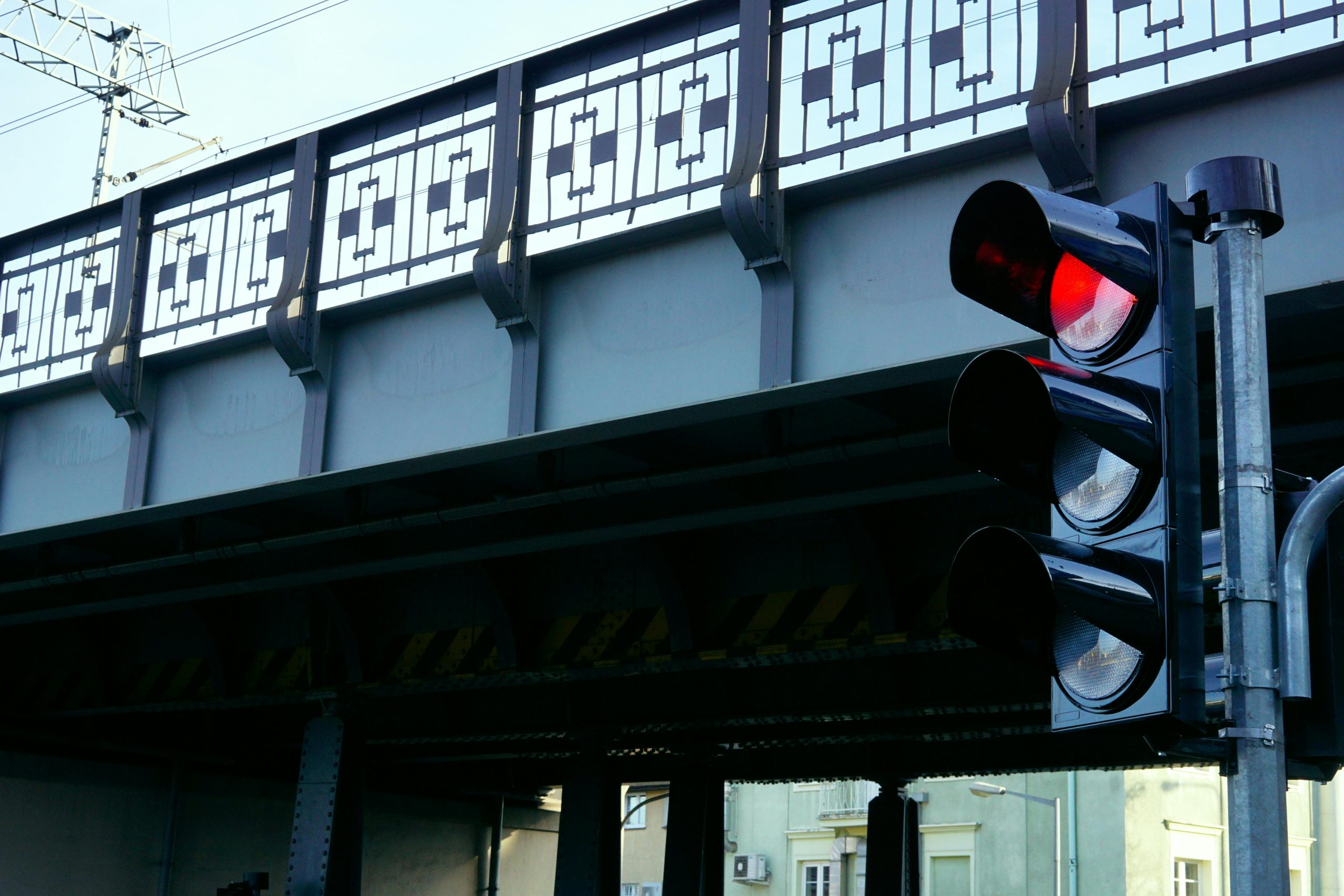Utah drivers should take note of the rules regarding right turns on red lights to avoid violations and ensure road safety. Right turns on red can improve traffic flow but must be executed cautiously and in compliance with state traffic laws.
Understanding Utah’s Right Turn on Red Rule
In Utah, drivers are generally allowed to turn right at a red light after coming to a complete stop and ensuring it is safe to proceed. The Utah Code Annotated, Title 41 outlines this regulation, emphasizing the importance of yielding to pedestrians and oncoming vehicles.
However, some intersections may prohibit right turns on red through clearly marked signs stating “No Right Turn on Red” or similar instructions. Drivers must always be alert for such restrictions.
Legal Requirements for Right Turns on Red
Before making a right turn on red, drivers must adhere to the following legal requirements:
- Complete Stop: A rolling stop is not sufficient. The vehicle must come to a full stop behind the stop line or before entering the crosswalk.
- Check for Pedestrians and Oncoming Traffic: Right turns must not endanger pedestrians or interfere with vehicles that have the right of way.
- Yielding to Left-Turning Vehicles: If a vehicle from the opposite direction is making a left turn, it may have the right of way depending on the intersection’s traffic signal setup.
For more details on Utah’s traffic regulations, visit the Utah Department of Transportation (UDOT).
Exceptions and Restrictions
While the rule is generally permitted across the state, there are specific cases where turning right on red is restricted:
1. Intersections with No-Right-Turn-on-Red Signs
Certain intersections, especially in high-traffic areas, have signs prohibiting right turns on red. These restrictions help prevent congestion and improve pedestrian safety.
2. School Zones and Heavy Pedestrian Areas
In areas near schools, parks, and busy pedestrian crossings, right turns on red may be restricted to protect foot traffic. Drivers should be extra cautious when navigating these zones.
3. Limited Visibility
If buildings, trees, or other obstructions limit a driver’s view of oncoming traffic, it is safer to wait for a green light before turning.
For a full list of restricted intersections, check the Utah Highway Safety Office.
Why Safety Comes First
Traffic studies show that improper right turns on red contribute to accidents, especially in urban areas. According to the Utah Highway Patrol, failure to yield and rolling stops are among the most common causes of right-turn-related crashes.
To enhance safety, UDOT encourages drivers to:
- Double-check for cyclists and pedestrians before turning.
- Avoid rushing through the intersection to beat traffic.
- Be mindful of turning radius to prevent hitting curbs or pedestrians.
Enforcement and Penalties
Failing to follow right-turn-on-red laws can result in traffic citations, fines, and points on a driver’s license. Penalties may include:
- A fine of up to $120 for failure to stop before turning.
- Increased fines in school or construction zones.
- Possible license points, which could affect insurance rates.
To review the latest updates on traffic enforcement, visit the Utah Department of Public Safety.
Conclusion
Utah’s right turn on red rule is designed to improve traffic efficiency while ensuring safety for all road users. By stopping completely, checking for pedestrians, and yielding when necessary, drivers can help maintain a safe and smooth traffic flow.
Staying informed about traffic laws is key to responsible driving. For further guidance, motorists can refer to official state resources like UDOT and the Utah Highway Patrol. Safe driving starts with awareness and compliance with the law.
(Source : unbrandedmedia.org)


